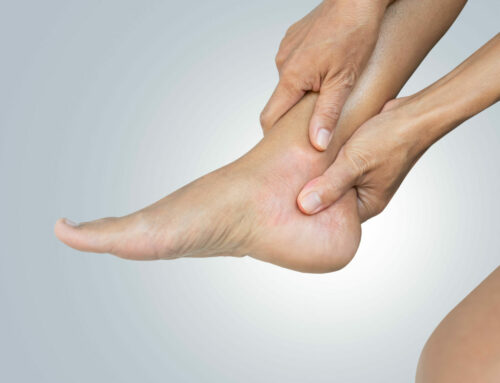Piriformis syndrome causes aching, shooting pains that can travel from the buttocks all the way to the toes. This condition affects thousands of people every year, some of whom have experienced a return of the symptoms many different times.
But how do you know whether you have piriformis syndrome or just some other similar condition? Is there a way to differentiate between general sciatica and piriformis syndrome?
In this article, we will provide an overview of the top 3 signs that indicate you have piriformis syndrome. From there, we will discuss how chiropractic care can be the perfect treatment for those who suffer from this tricky condition.
What Is Piriformis Syndrome?
Briefly, piriformis syndrome occurs when the sciatic nerve becomes pinched in the area around the piriformis muscle (a major muscle found in the buttocks). Because of the position of the nerve at this point in its path, it is very easy for tight muscles to cause pressure on the nerve. This pressure, in turn, leads to many of the characteristic symptoms of the disorder.
Low back pain, sciatica, and piriformis syndrome are often lumped together as conditions. However, each of these issues is distinct from the others. It takes a careful diagnosis from a skilled clinician to determine whether you are suffering from piriformis syndrome or another related condition.
Piriformis syndrome can vary in severity. That being said, even mild symptoms can cause serious problems if they are left untreated.
Sign #1: Shooting Pains Down the Leg
One of the most telltale signs of piriformis syndrome is shooting pain. Specifically, this shooting pain will begin at the hip/buttocks and travel all the way down the leg to the foot.
This is perhaps the most “classic” presentation of piriformis syndrome, as the buttocks is the exact location of the piriformis muscle itself.
Often, this pain will get worse when the muscle is stretched. In order to stretch the piriformis, one should lie down on his or her back and pull his or her left knee toward the right armpit (and vice versa).
Sign #2: Foot and Leg Weakness
Because piriformis syndrome affects the sciatic nerve, many patients with piriformis syndrome will experience issues related to foot and leg weakness. Most specifically, these patients can experience foot drop.
Foot drop is a condition in which the dorsiflexors (the muscles that bend the ankle upwards) are too weak to help the foot clear the floor when walking. When one suffers from foot drop, he or she will often trip over his or her feet while walking. This can lead to injuries and decreased economy of walking. Both of these issues can cause significant problems for people long-term.
Sign #3: Sensation Changes
For some people, sensation changes will be a major sign of piriformis syndrome. Because the sciatic nerve carries some sensory information, any impingement of this nerve could make it difficult to feel things such as pressure, temperature, or other sensations.
You can conduct an informal sensation test by having a friend or family member touch your leg in various places while your eyes are closed. If the sensation feels different or diminished from one leg or area to another, you may have some nerve issues developing!
Chiropractors and Piriformis Syndrome
Chiropractors are concerned with keeping the spine in perfect alignment. Because the sciatic nerve starts in the spine, a spinal adjustment can often be the perfect treatment for addressing the many painful and debilitating symptoms of piriformis syndrome.
Have you been experiencing any of the above signs and symptoms characteristic of piriformis syndrome? If so, it’s time for you to visit your Lithia FL chiropractor at At Last Chiropractic. We would be happy to see you today! Book your first appointment now.






